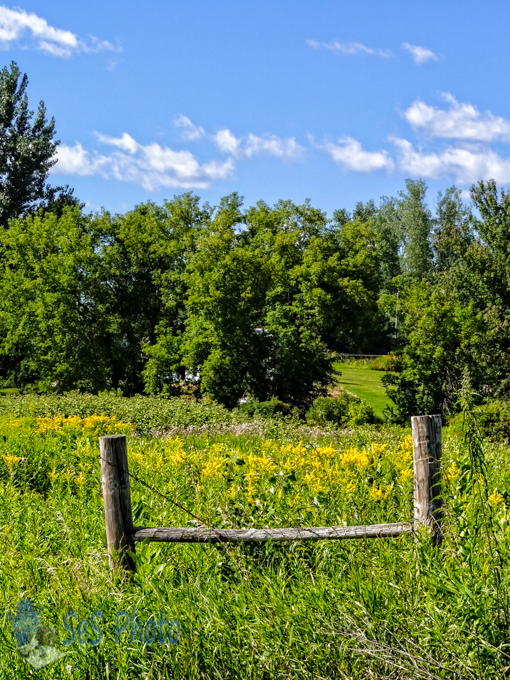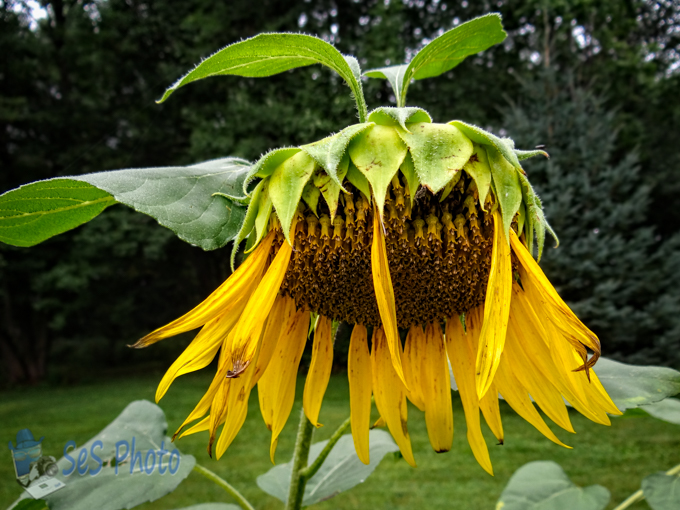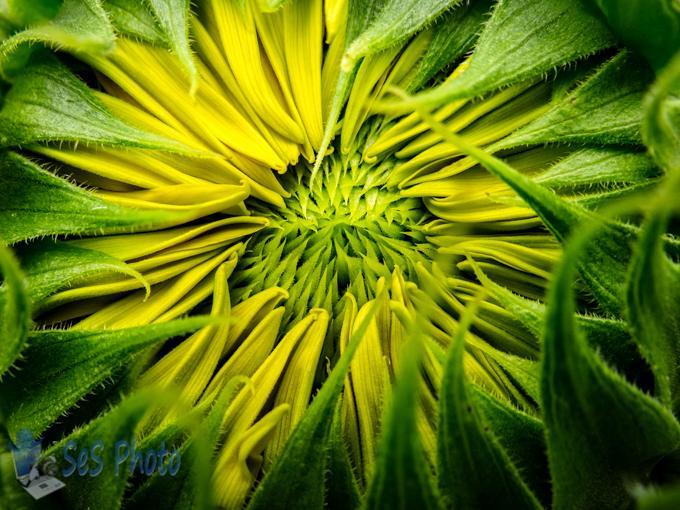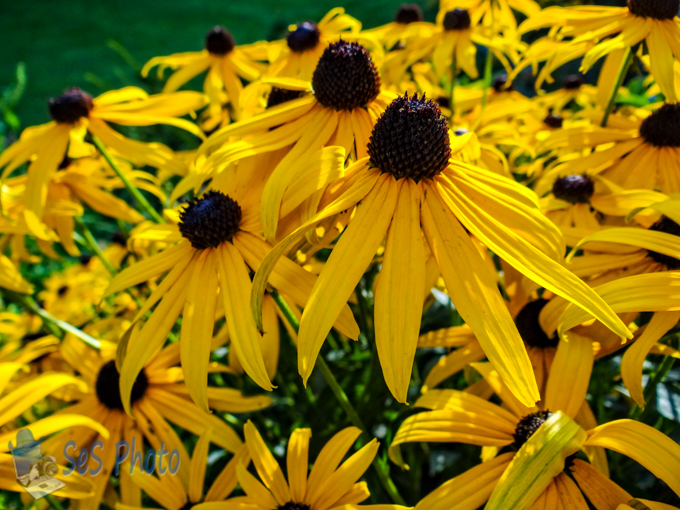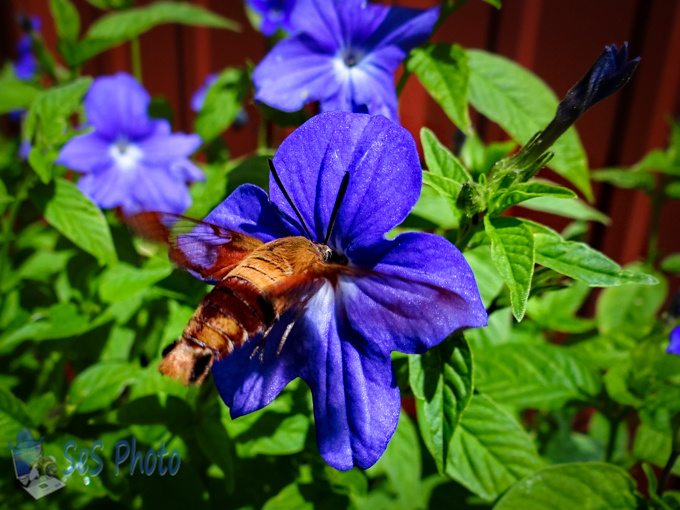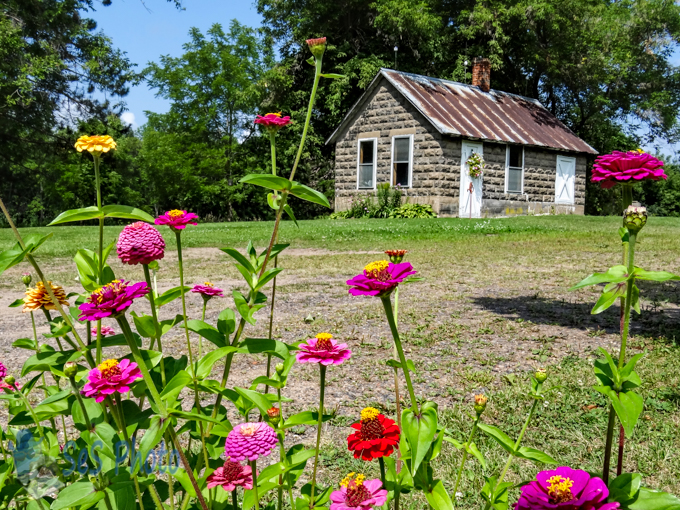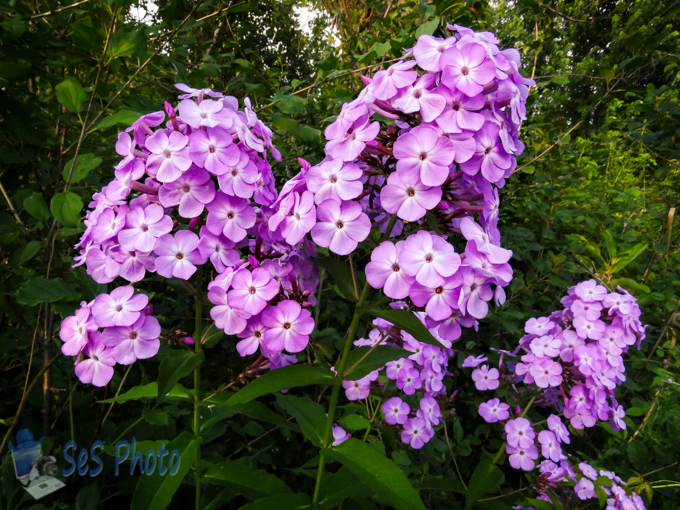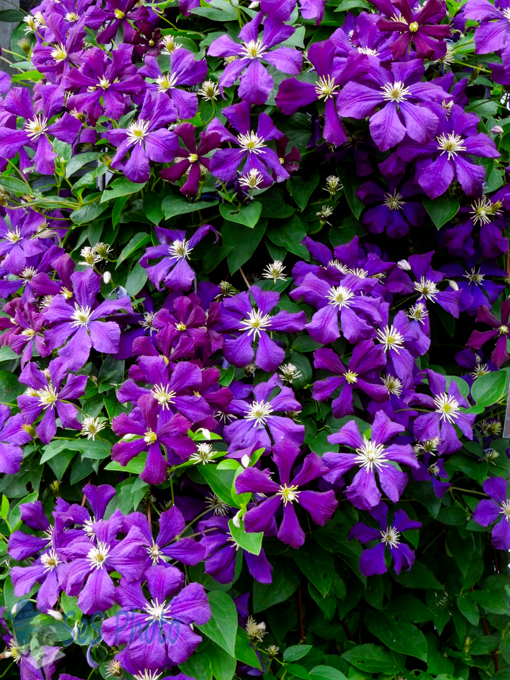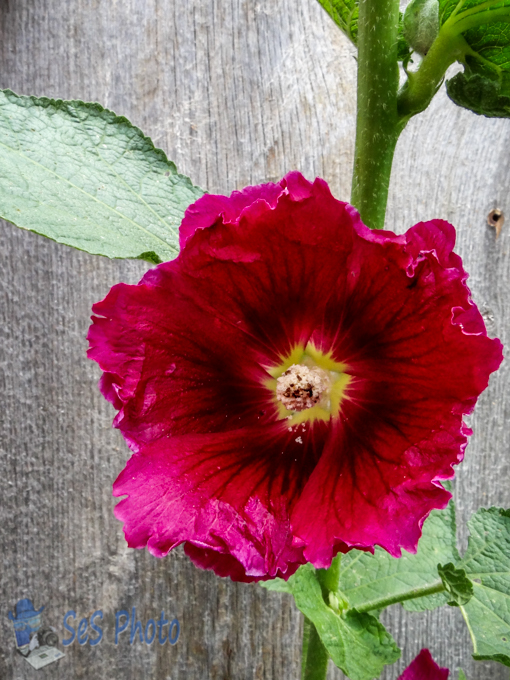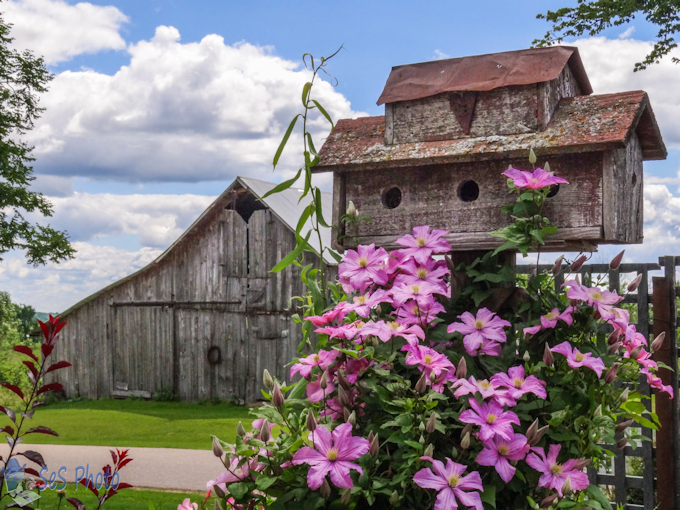A field full of weeds can look pretty, but then to some the yellow goldenrod isn’t a weed and is held as a sign of good luck or good fortune. They are good fortune to insects providing a source of nectar and well as historically healing wounds on the skin. Even Thomas Edison experimented with goldenrod to produce rubber, which it contains naturally.
Others might cuss out the goldenrod for allergy problems but another culprit, the ragweed, which blooms at the same time is usually responsible for seasonal allergies.
Pretty Field of Weeds
